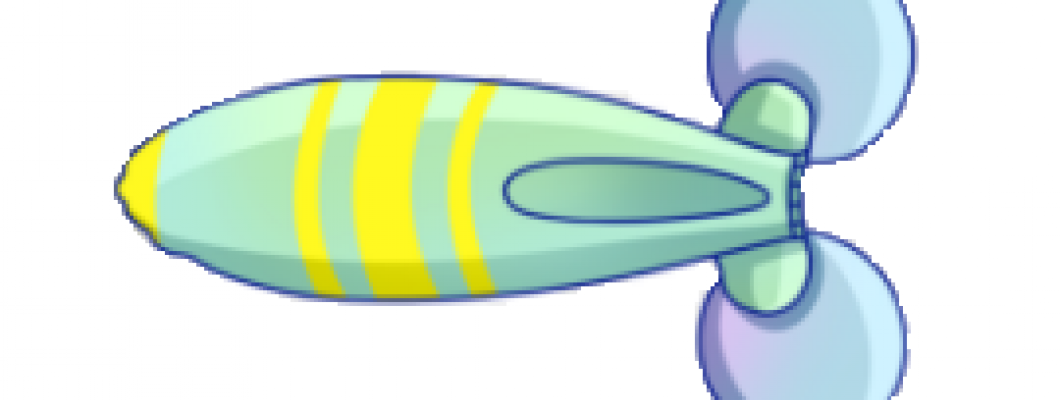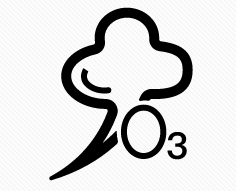
Cosmetic electrotherapy is a range of beauty treatments that uses low electric currents passed through the skin to produce several therapeutic effects such as muscle toning in the body and micro-lifting of the face. It is based on electrotherapy, which has been researched and accepted in the field of rehabilitation, though the "scientific and medical communities have tended to sideline or dismiss the use of electrotherapy for healthy muscles".
The use of electricity in cosmetics goes back to the end of the 19th century, there are four main types of treatment, that differ in the type of current they use, including:
Galvanic treatment
Neuromuscular electrical stimulation (NMES)
Micro-current electrical neuromuscular stimulation (MENS)
High-frequency treatment
Galvanic treatment
Galvanic treatment in the beauty industry has been described since at least the 1970s and earlier. Sometimes called galvanism, the treatment aims to improve the skin in two ways: (1) cleansing: a process called desincrustation, and (2) nourishing the skin condition, through an electro-chemical process called iontophoresis (also called ionisation). This is achieved by the application of a small, constant, direct current. The treatment works on the principle that charged ions in the skin are either attracted or repelled from the electrodes, resulting in certain chemical effects.
.jpg)
"Galvanism works by penetrating active substances into the subcutaneous tissues, where they act on the ineffective circulation to bring about an improvement in the vascular and lymphatic interchange in the area. This is completed in a natural and harmless way, and is aided by the actual effect of the galvanic current on the tissues. This improves the function of the cellular membrane, and allows the trapped fluid and fat to be dispersed and eliminated."
Galvanic treatment are often used on the face and on the body to treat cellulite.
Faradic treatment
Faradic treatment has also been described in the beauty industry since the 1970s and earlier. The treatment tones the muscles by repeatedly contracting them with the electric current, resulting in their firming and toning, and an increase in muscular metabolism aims to remove waste products more readily. Faradic treatments are generally used on the face and body, and work by contracting muscles with a short pulse of interrupted direct current.
.jpg)
Microcurrent treatment
Microcurrent treatments (MENS) have been around since the 1970s in medical applications and are distinguished by their use of micro-ampere currents which are hardly perceptible, but mimic the body's own bio-electric currents. The treatment is designed to soften wrinkles and rejuvenate skin, including skin damaged by sunburn, acne, stretch marks, cellulite and scarring.
This increased ATP also energizes the facial muscles, similar to how exercise energizes the muscles of our bodies. Unlike anywhere else on the body, the facial muscles are directly connected to the skin, so the result of energizing the muscle is often an improved, lifted appearance. When used on the face, the treatment has become known as a "non-surgical face lift" and "facial lifting".
.jpg)
Microcurrent treatment works by passing a very small direct current through muscle tissue to stimulate the Golgi tendon organ.
Different microcurrent characteristics, particular the frequency and shape of the changing voltage, have different effects on the tissue.
Different wave forms are used for different micro-current treatments
Frequency Micro-current effect
600 Hz Skin Surface
500 Hz Skin sub-Surface
300 Hz Lymphatic stimulation
20 Hz Circulation
10 Hz Facial muscles
0.8 Hz Deep facial
High-frequency treatment
High-frequency treatment uses low-current high-frequency alternating currents, delivered via a glass electrode. Because the high frequency current converts some of the oxygen in the air into ozone, the treatment has a germicidal action, and is also drying and warming. Consequently, the treatment is used to aid healing and also to help desquamation (the skin's natural exfoliation) and stimulate sweat and sebaceous glands.

At up to 250,000 Hz frequency, the hollow glass electrode behaves like a glow discharge tube and is sometime called a "violet ray" or "violet wand" (though the colour depends on the gas in the glass). Two electrodes are not required and sparking may occur when the electrode is close to the skin.
Medical uses
Electrotherapy is primarily used in physical therapy for relaxation of muscle spasms, prevention and retardation of disuse atrophy, increase of local blood circulation, muscle rehabilitation and re-education electrical muscle stimulation, maintaining and increasing range of motion, management of chronic and intractable pain, post-traumatic acute pain, post-surgical acute pain, immediate post-surgical stimulation of muscles to prevent venous thrombosis, wound healing and drug delivery.
.jpg)
MENS uses include treatments for pain, diabetic neuropathy, age-related macular degeneration, wound healing, tendon repair, plantar fasciitis and ruptured ligament recovery. Most microcurrent treatments concentrate on pain and/or speeding healing and recovery. It is commonly used by professional and performance athletes with acute pain and/or muscle tenderness as it is drug-free and non-invasive, thus avoiding testing and recovery issues. It is also used as a cosmetic treatment.
.jpg)


1 Comment(s)
Hello, I would like to ask if the massage device can be used with gel or on dry skin. thank you Andrea
Leave a Comment